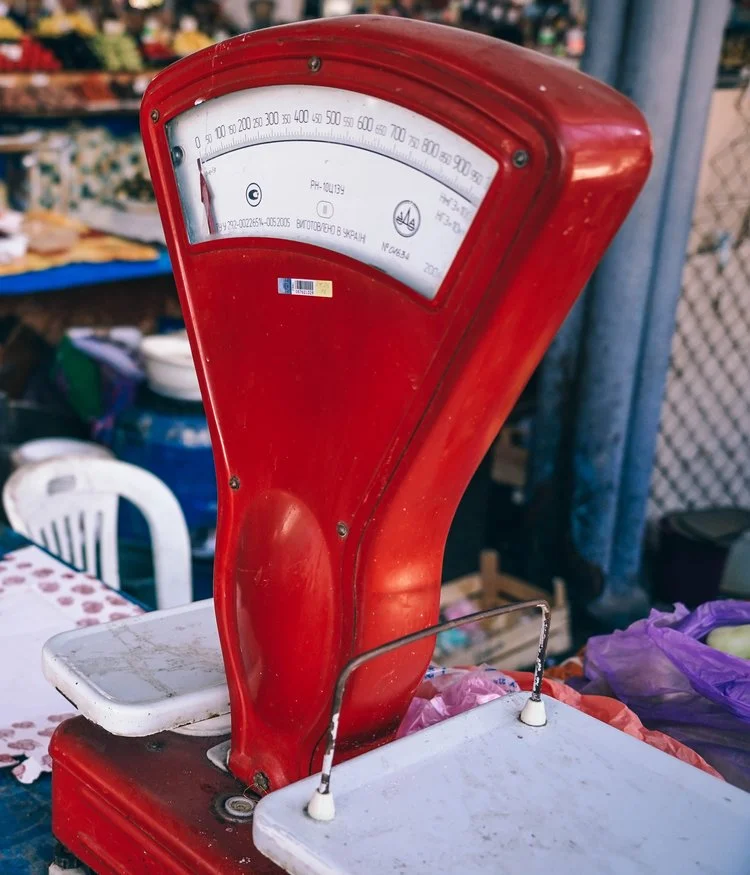Adapted from photo by Fancycrave on Unsplash
Measure food waste
The first step towards cutting food waste from your business is to understand how much you’re throwing away. Follow this simple process and toolkit, developed by WRAP, to get cracking with tracking your food waste:
1. Get staff on board by explaining why you want to reduce food waste. Tell them when you will be measuring your food waste and how they can help.
2. Find Food Waste Champions to drive the process and keep everyone on track. Choose champions from back and front of house to keep the whole team motivated and help them to separate food waste correctly.
3. Choose days to measure your food waste which are typical for your business; a mix of days when you’re busy and when you’re quiet. Ensure that staff don’t make any changes to what is normally thrown away while you are carrying out the review. This will give you a good starting point or “baseline” which you can use to track your progress.
4. To capture the food thrown away, set up separate containers for:
Spoilage waste: Food that is damaged or out of date
Preparation waste: Food that is thrown away during preparation, such as offcuts and food that is prepared but not served
Plate waste: Food that is left on customers’ plates
Other food waste: You may want to track another area, such as food waste from breakfasts, buffets or events.
5. Label containers with our ready-made signs, so that staff know where to put the different types of food waste.
6. Separate food waste into the correct bins.
7. Weigh the containers each day and record the weight of each bin on the three day tracking sheet or free app, Wise up on Waste.
8. Find out how much you could be saving over a year with the three day waste calculator. You might be surprised!
Once you’ve measured how much food you’re throwing away the next step is to take action to reduce it!

